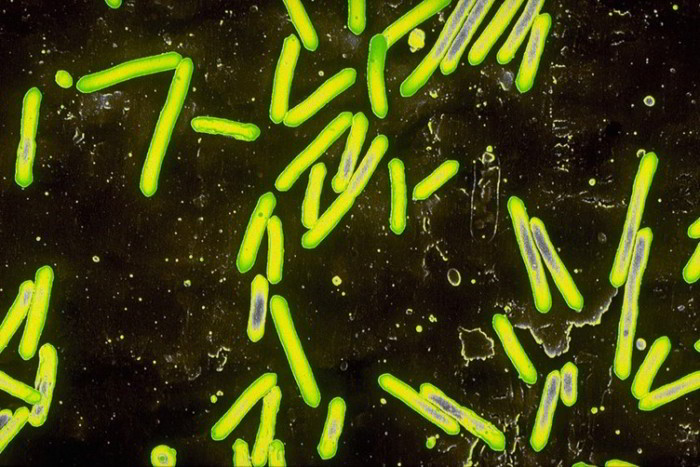Tetanus is a wound infection resulting from strong toxin that’s created by the bacterium clostridium Tetani. The toxin causes serious muscle spasms.
Tetanus bacteria live in soil and in the intestines of human beings and other creatures. If the bacteria enter a wound, they multiply and discharge their toxin, which changes the nerves controlling muscle contraction. The illness, also called lockjaw, is uncommon in developed nations because most folks are immunized.
The symptoms of tetanus normally appear 5-10 days after illness. Temperature, headache and muscle stiffness in the jaw, arms, neck and back are typical. As the illness advances, debilitating muscle spasms may grow. In some individuals the muscles of the throat or chest wall are changed, resulting in breathing problems and probably a suffocation as well.
What Might Be Done?
The disorder needs immediate treatment in hospital with antitoxin injections, antibiotics and sedatives to relieve muscle spasm. Mechanical ventilation may be needed to assist respiration. If given prompt treatment, most individuals make an entire healing. If treatment is delayed, tetanus is generally lethal.
Can It Be Prevented?
Vital precautions against tetanus contain the following matters.
- Vaccination against tetanus. This is normally given as part of early childhood immunization; it’s tremendously successful.
- Booster vaccinations every 10 years.
- Cleaning wounds completely, particularly those contaminated with earth, and treating them with antiseptic. Deep puncture wounds, which are particularly likely to become infected, should be seen by your physician, who may give you antibiotics to prevent disease.
- A booster vaccination after any deep wound if your booster vaccinations aren’t up to date.

